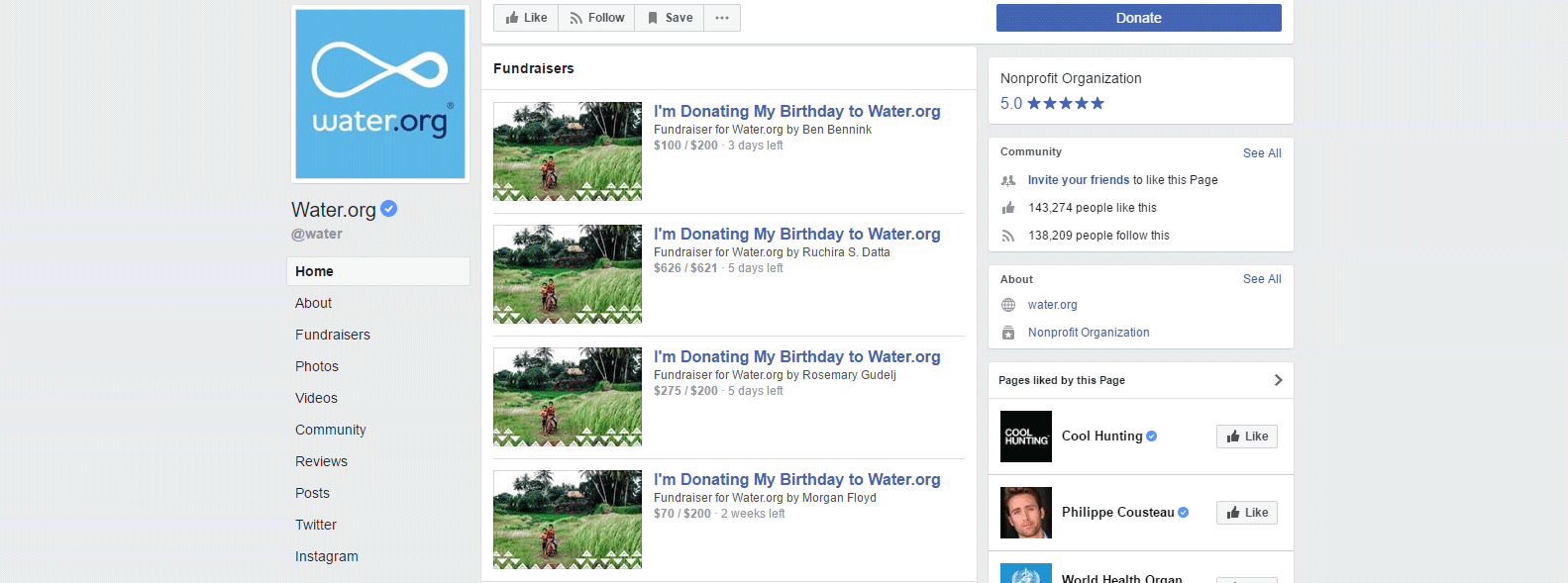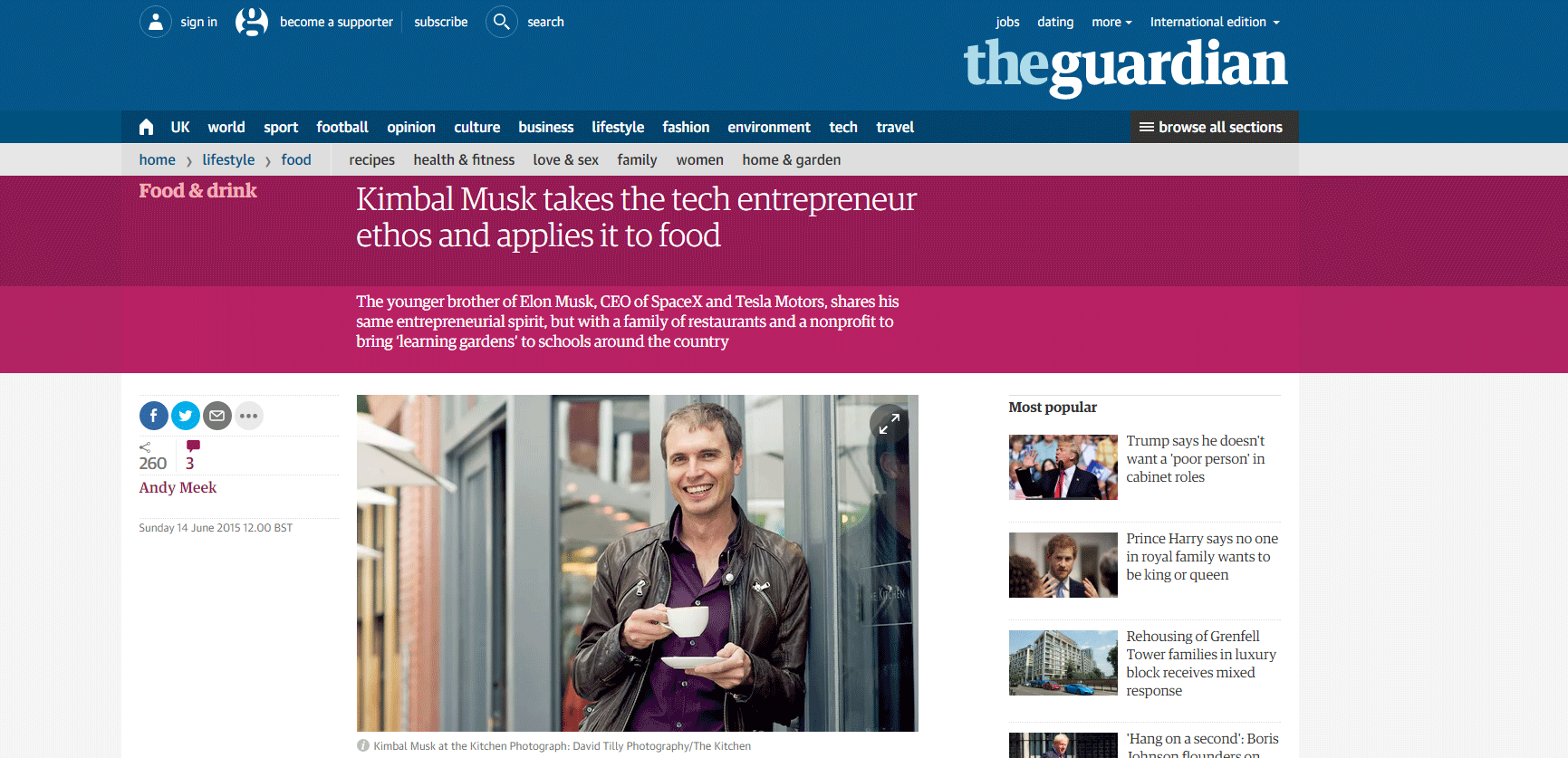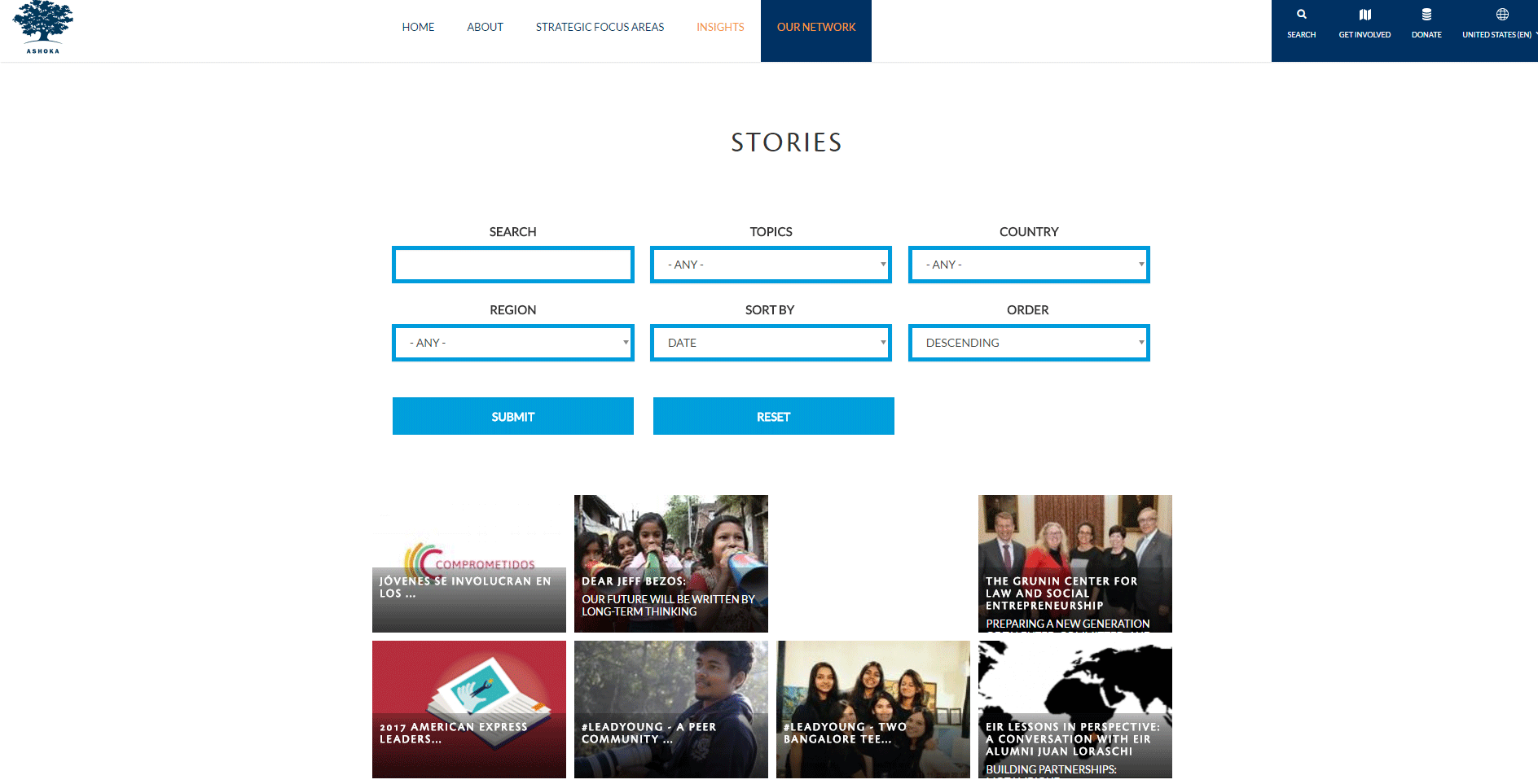With the concept of development shifting more and more toward the sustainable one, the global discourse on cultural and social innovations has to follow. It is no wonder that after achieving certain economic stability, a society starts thriving for economic equality. That’s where the young and passionate people’s role comes. That’s where social entrepreneurship starts.
What is Social Entrepreneurship?
With the term gaining popularity, its meaning has somewhat changed and widened during the last two decades. Even though economists still debate the scope of what could classify as a socially-oriented activity, there are some undeniable characteristics of every social enterprise.
- Empathy.
At the moment 20% of the world’s population consumes about 80% of the world’s resources.
Every hour the forest equivalent of 48 football fields is lost.
Today 663 million people will have no access to clean drinking water.
Statistics like these keep becoming scarier with every passing year. The wide challenges facing us as a society have a simple solution – human empathy. Empathy’s power is what lies at the core of social development. That is why social entrepreneurship embraces this exact human quality as an instrument for economic, cultural, and environmental influence. That is also why each of the enterprises we are going to discuss strives for societal equality before anything else.
- Non-profit
Measuring the performance of a certain social enterprise cannot be done with the same metrics that are used for for-profit ones. The whole framework has to change when it comes to social entrepreneurship as here we’re not talking about revenues and stock prices, but rather about social and environmental contributions. Even though a certain profitable business can be qualified as a social enterprise, what holds the concept together is that the focus is on the positive return to society. That’s the actual profit.
Why do social enterprises need a web presence?
At this point, you might be wondering why a social enterprise would focus on its web presence considering that it’s not trying to promote brand identity. Even though marketing goals are not explicitly set, the web presence is a definite must for spreading the word. A social enterprise more than anything is looking for supporters and partners and the best way to reach the right audience is to popularize your cause online. On top of that, the final goal for every social entrepreneurship is global awareness and a global endeavor to solve a certain problem. That’s why we’ve collected the 5 most useful tips to follow when working on your social enterprise’s web presence.
1. Promote the cause, not the company, on social media
It’s 2017 and being on social media equals being in general. You are probably more than aware of the importance of your social media presence and we’re not here to point that one out.
When working on a certain social enterprise, however, the main value is the people – people who will support and believe in the cause. To reach those people, to gain visibility and direct interaction, you need to promote your activity on social media. Nevertheless, this quick and easy access to fellow entrepreneurs can be quite confusing sometimes.
One of the main mistakes that companies make is to take the focus away from the cause and to promote themselves.
While the latter is important, it fails to create a personal connection. Allowing people to understand your vision will by itself bring attention to your organization. By then, promoting that vision is what will make your enterprise successful.
A great example of a smartly-done social media presence is the American non-profit developmental aid organization, called Water.org. The organization is working on achieving safe and clean water for all, while solving the problem not just with charity, but, as they put it, with “sustainable financial solutions that empower people with access to the water and sanitation solutions they need.” Water.org keeps its audience engaged by turning them into ambassadors of its cause. On their Facebook page, people can become “Fundraisers” by raising money to support their movement. This creates a global partnership network where ordinary people become social entrepreneurs promoting the same values that the company does.

However efficient social media might be, it is just not enough when trying to sustain and develop a multilayered social cause. In that case, the right decision is to move your network to your own website where you decide on your approach.
2. Build your own website
If social media assists in spreading your message, then your website assists in sustaining it. Even though you might be able to reach thousands of people through Facebook, you still need that personal territory where you can organize and maintain all of the needed content for your supporters.
One of the main benefits of having a website is the credibility that it gives to you. When building a community, especially in a social enterprise, you need to build an image of a trustworthy and reliable organization as you might need to collect donations for your cause. People are much more likely to donate and support causes that seem to come from credible sources. That’s why you need to have as much information about your vision as you can- include statistics, stories, testimonials, and action plans so you can gain more awareness of the cause.
Another issue concerning social media is the life of the news. A newsbreak lives only a couple of hours on social media as the users are flooded by a plethora of viral content. As a consequence, users’ attention is easily lost after a few scrolls. As opposed to that, the content on your website is much steadier as you can always refer back to it when necessary. Such a framework creates the feeling of dealing with a significant problem that will not be gone unless we solve it together. Furthermore, having a website helps you create any tools you might need on the road to working on the cause such as fundraisers, platforms, and service provisions.
We can see a framework like that, created on the website of the Danish non-profit organization, called Refunite. The organization helps refugees who have lost their families and loved ones search for them and reunite. Their means for making it happen are various touch points including http://www.refunite.org, SMS, helplines, and USSD. The technology is simple – refugees register their personal profiles that are kept on Refunite’s database and from then on, the information is accessible to refugee camps and aid agencies. All of it happens online – an area of human activity that is otherwise not accessible to most of the refugees. On their website, Refunite presents their refugee platform where everyone can register for free. Through a simple solution like this, the company helps and affects human lives to an incredible extent. All of it wouldn’t be possible without having one web space for doing so.


3. Work with influencers and find media coverage
After stating your cause on your own ground, it’s essential to find coverage and ambassadors of your enterprise wherever you can. Partnering with influencers offers reach, more global than anything else does. When supporting a cause, the first thing you need to do is to look for partisans who will become your very own warriors for that cause. Connecting with bloggers, celebrities and any other type of social influencers could be the turning point for your enterprise. In the case of supporting a certain social cause, you will most probably not need to offer anything in exchange for them. So, when you focus on that type of collaboration, the information about your cause will reach the right people at the right time.
Another great way of collaboration is the one with another organization. And this is the main difference between social entrepreneurship and business entrepreneurship. Here, there are no competitors – the same cause equals the same battle. That’s why collaborating with other enterprises is one of the most certain ways of achieving the goals.
The last step is finding media coverage of your activity. However hard it might be to gain access to media and reporters, if you have completed the steps above, the cause is possible. After reaching influencers you will be able to grab the attention of the media as well. This is exactly what happened to the American restaurant chain and community, called The Kitchen. The chain’s main purpose is to bring real, local food from the farmers to the communities that can’t really afford fine dining. We could easily say that The Kitchen is lucky to have Kimbal Musk as its CEO. As he puts it, their belief is:
„Twenty-first-century food is going to be real food. Real food is food that is truly nourishing for the consumer, the community, and the planet.“
As someone who had already gained certain media attention, Musk was able to provide that attention to the cause itself. Popularizing the enterprise helped achieve their goals – reaching the communities with low incomes; educating children on real food production and creating a network working on developing sustainable, scalable farming methods and businesses.

4. Report your impact and state your goals
Supporting a social cause means taking on certain responsibilities and when you found an enterprise for it, you are undoubtedly involved in the future of the problem. Those responsibilities have different dimensions: setting straight goals, providing enough income for the cause to achieve those goals, and reporting your work to the world. All of these can be spread in various forms: white papers, annual reports, e-books, and infographics. No matter the medium, this is the content that sustains the enterprise as efficient and purposeful.
Reporting the impact is one of the most important steps to take after you’ve accomplished the first goals of your cause. This is especially true when you’ve collected donations as you can assure people that their money contributed to the cause. That’s how you show that your social activity matters and has an actual contribution to society. Numbers and facts speak louder than promises.
Here, we can take a look at the Danish social enterprise, called Ruby Cup. The enterprise manufactures a menstrual cup that serves as a substituent for conventional methods. Their main goals are:
- providing the women affected by poverty with a healthy, eco-friendly, and lasting solution
- starting a conversation on the topic of reproductive health
The model is simple: for every Ruby Cup you purchase, a girl in need receives one. The cause impacts multiple dimensions of the lives of those women and communities and that impact needs to be shared so that more people believe in its importance. The company chooses an Annual Impact Report where they share the social and environmental impact their supporters have been part of during the year. In that manner, they create a community celebrating success and making the world a little bit better.
5. Disconnect from digital
Even though we are discussing your web presence tactics, it is worth mentioning that a huge part of generating awareness happens offline. When those offline events are web-casted, you are truly on the right track. That can include conferences, seminars, talks, interviews, meetings, etc. All of these promote the cause to a completely new extent – the physical one. Seeing actual passionate people is the driving force in spreading hope and entrepreneurship.
What you can do is take an active part in different panel discussions, conferences, and seminars connected to social activities and change-making. They “keep the fire burning” by providing a platform for exchanging ideas and plans. Organizing and taking part in events like those are the engine of the pursuit.
Other vital offline activities are the interviews with the people who your enterprise affects. Covering actual testimonials and stories of those people on your website is extremely beneficial. That will not just help the physical interaction with your audience but will also serve as great content for your web presence itself.
An enterprise that follows this strategy is the non-profit organization promoting social entrepreneurship, Ashoka. Their job is focused on finding, selecting, and supporting the world’s leading social entrepreneurs (Ashoka Fellows). As a result of that, they affect multiple communities and promote their impact through the stories of people from those communities. Nothing speaks louder to their supporters than the story of people whose lives have been changed by entrepreneurship.

Working for a social cause is the highest form of human existence. We, from AwardSpace, highly believe that social entrepreneurship is the future of human activity and is the ultimate promise of a brighter future. By supporting the value of empathy and change-making, we stand by any form of social entrepreneurship.
Starting an enterprise with a minimal budget can be hard and scary in the beginning. The belief in the cause, however, is what keeps you walking towards the destination. If you’re just starting with your social enterprise and need to spread the word about it to the world with a 0$ budget, we offer a completely FREE Hosting to you.
Build your website without any expenses and affect a community in a positive way!
We, on our part, will be just happy to take a small part in your social cause.
